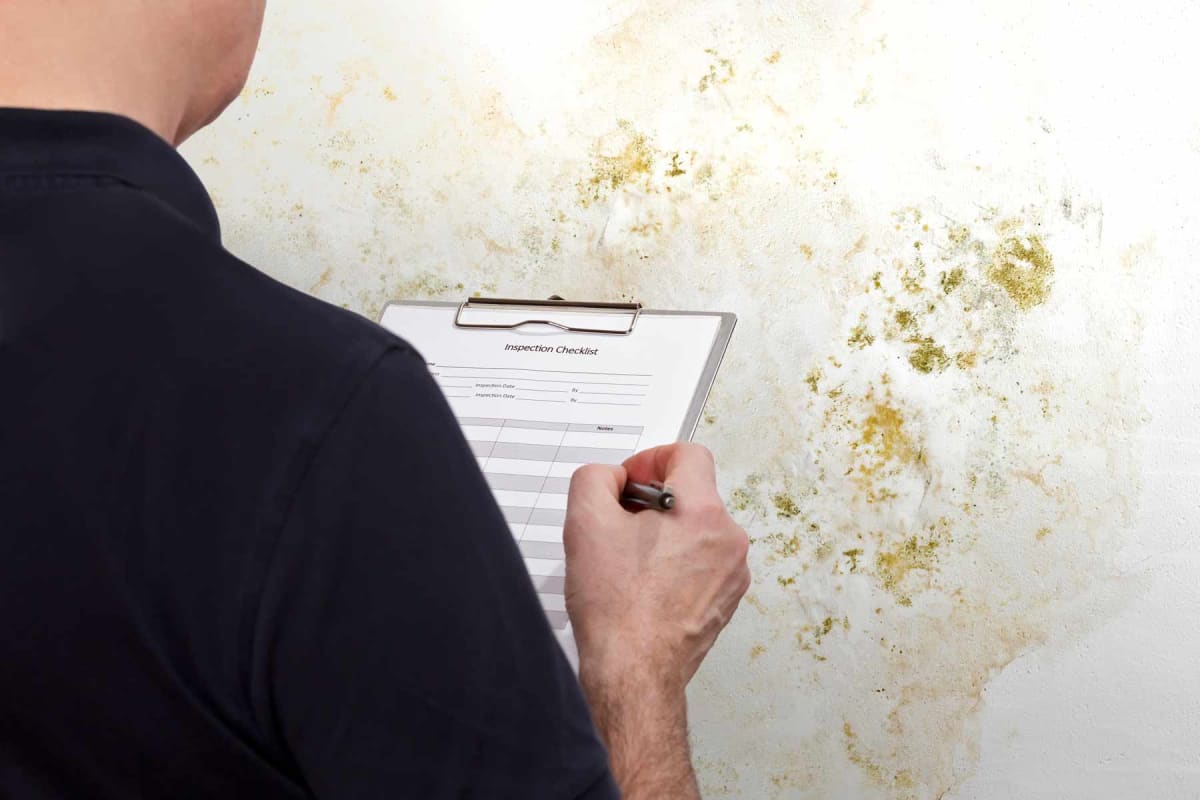Your Ultimate Guide to Post Mold Removal Methods
In the aftermath of mold invasion, understanding exactly how to effectively get rid of the mold and mildew and avoid its reoccurrence is extremely important for keeping a healthy and balanced indoor environment. From choosing the best cleansing and disinfecting techniques to executing strategies for lasting mold and mildew avoidance, each step in the removal trip plays a critical role in ensuring a successful end result.
Understanding Post-Mold Removal Process
After completing the mold remediation procedure, it is essential to comprehend the post-mold removal strategies that are essential to make certain a complete and effective cleanup. Once the mold has been removed, the next action involves cleaning and disinfecting the influenced locations to avoid any kind of regrowth of mold and mildew. This consists of using specialized cleansing agents to clean down surfaces and eliminate any kind of continuing to be mold spores. It is vital to dry the location completely to discourage the growth of mold in the future (After mold remediation). Appropriate ventilation and dehumidification can help in this procedure.
In addition, conducting a final evaluation post-remediation is important to ensure that all mold and mildew has actually been effectively removed. If the assessment discloses any type of lingering mold, added remediation may be required.
Efficient Cleansing and Decontaminating Approaches

Protecting Against Future Mold And Mildew Growth

Importance of Correct Ventilation
Appropriate ventilation plays an essential function in avoiding moisture build-up, a crucial element in mold development within interior environments. Reliable ventilation systems aid get rid of excess moisture from the air, decreasing the opportunities of mold spores finding the wetness they require to germinate and spread. Without adequate air flow, indoor areas can become a reproduction ground for mold and mildew, resulting in possible health threats and structural damages.
By making sure proper air flow, air flow systems can also aid in drying moist areas a lot more rapidly after water damages or flooding incidents, even more discouraging mold growth. Post Mold Remediation. Precede like shower rooms, attic rooms, cellars, and kitchen areas where moisture degrees have a tendency to be greater, setting up and preserving efficient ventilation systems is important in preventing mold and mildew infestations

Monitoring and Upkeep Tips
Offered the important function that appropriate ventilation plays in protecting against mold and mildew growth, it is important to develop effective tracking and maintenance tips to ensure the ongoing functionality of air flow systems. Routine evaluations of ventilation systems should be performed to look for any indications of obstructions, leaks, or breakdowns that might restrain appropriate air movement. Monitoring humidity levels within the building is likewise important, as high humidity can add to mold and mildew growth. Mounting a hygrometer can assist track humidity degrees and sharp house owners to any spikes that might need focus. Additionally, making certain that air filters are on a regular basis cleaned or changed is important for keeping the efficiency of the ventilation system. Applying a timetable for regular maintenance tasks, such as duct cleansing and heating and cooling system inspections, can help stop concerns before they intensify. browse around this web-site By remaining proactive and attentive to the problem of ventilation systems, homeowner can properly reduce the threat of mold regrowth and keep a healthy and balanced indoor environment.
Conclusion
To conclude, post-mold remediation techniques are essential for ensuring a safe and tidy setting. Comprehending the process, implementing reliable cleansing and decontaminating techniques, avoiding future mold and mildew growth, keeping correct ventilation, and routine tracking are all vital action in the remediation process. By adhering to these guidelines, you can successfully eliminate mold and mildew and avoid its return, promoting a healthy living or functioning area for all occupants.
In the results of mold infestation, understanding how to properly eliminate the mold and mildew and stop its reoccurrence is vital for maintaining a healthy and balanced interior atmosphere. When the mold and mildew has been gotten rid of, the next action entails cleansing and disinfecting the influenced areas to stop any regrowth of mold - After mold remediation. After eliminating noticeable mold development, it is critical to clean all surface areas in the affected area to remove any staying mold and mildew spores. To even more go to this web-site improve mold and mildew avoidance measures, it is necessary to resolve underlying concerns that initially led to mold advancement.Given the important duty that proper ventilation plays in stopping mold and mildew growth, it is critical to establish effective monitoring and maintenance ideas to ensure the continued functionality of ventilation systems